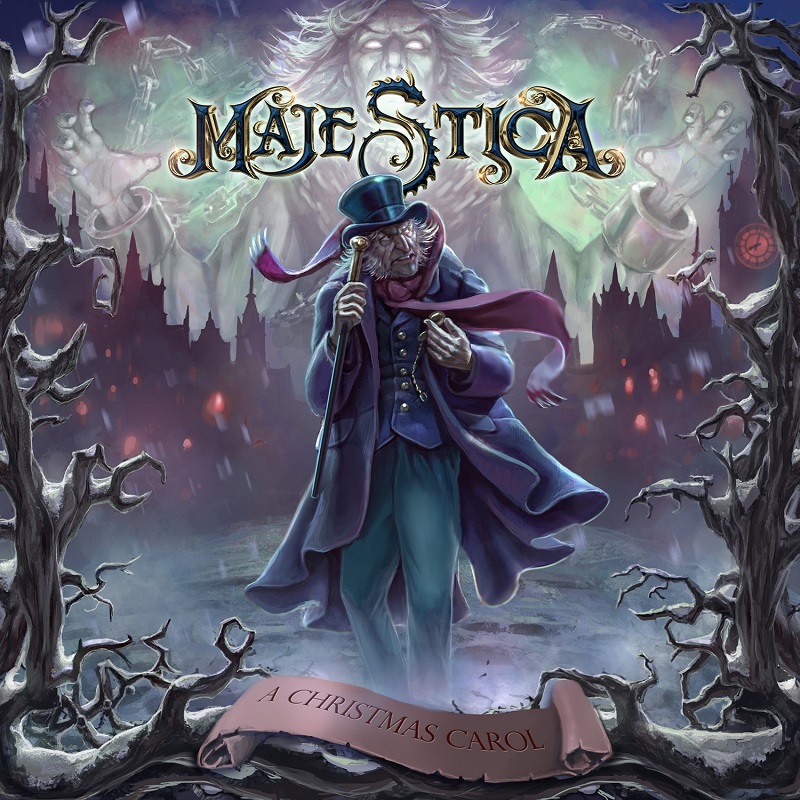Cleopatra’s Needle is situated on the Westminster side of the Thames, near Victoria Embankment, across from Lambeth. There were plans to place it right outside the Houses of Parliament in Westminster, but the location had been rejected. Now Cleopatra’s Needle stands beside the Thames and just like the river, is a solid and fixed part in the hectic life of the city.

The Needle is the capital’s oldest man-made attraction and a tourist magnet. Its aura is full of mystery and magic. It is made of red granite, stands about 21 metres (69 ft) high and weighs about 224 short tons (203,000 kg). It is inscribed with Egyptian hieroglyphs. Cleopatra’s Needle is flanked by two faux-Egyptian sphinxes. But Cleopatra has little do with it. In fact, this phallic monster is a sun god’s obelisk, a monument to worship a god of power and light.
Now it seems a little strange that a pagan monument to worship the sun was erected in London, right? Here’s the story of Cleopatra’s Needle.

A sun god’s obelisk
As mentioned, Cleopatra has little do with the obelisk. It dates back to 1450 BC, making it the oldest man-made monument in London. It was one of two obelisks originally set up by Pharoah Thuthmose III at the entrance to the Temple of the Sun at Heliopolis in Ancient Egypt. Later it was moved to Alexandria, where it toppled into the sand and remained there for several hundred years.
It was presented to the United Kingdom in 1819 by the Egyptian ruler Muhammad Ali in commemoration of the victories of Lord Nelson at the Battle of the Nile and Sir Ralph Abercromby at the Battle of Alexandria in 1801. But only in 1877 the transportation to Britain was planned. The obelisk was dug out of the sand and encased in a great iron cylinder. It was loaded onto a floating iron pontoon named Cleopatra, which was to be towed to London by the ship Olga.
They came into a storm in the Bay of Biscay on 14 October 1877 and six seamen died. The Cleopatra was given up, but stayed afloat and was found drifting in the Bay four days later. It was rescued and finally arrived in London on 21 January 1878. It was erected on the Victoria Embankment on 12 September 1878.

It was erected in London in 1878
When it was erected in 1878, some articles were buried underneath, including a razor, various coins, a portrait of Queen Victoria, Bradshaw’s railway-guide, an Arabic translation of the Book of Genesis, and the photographs of six of the most beautiful women in England. It is somehow frightening to think that a male symbol that praises the sun god, beneath it a razor blade and pictures of England’s most beautiful women at the time, was erected just 10 years before the Jack the Ripper murders took place. Symbolism at its best.

The Needle has its ghosts
It is said that its site is the most popular suicide spot on the Thames. The most famous ghost is that of a completely naked man that dashes out of the Needle’s shadow and dives into the river and not a splash is heard. Also, one of the sphinxes that protects it was slightly damaged by a bomb from a German air raid on 4 September 1917.
The obelisk stands in contrast to the quick changes around it. If it could speak, it could certainly tell some stories. The idea of a monument to a pagan god in London is not so strange when one looks at London’s long and often pagan history. Throughout the city, many strange obelisks and monuments can be found. They represent a side of the city that may not be familiar to many. For example, a temple dedicated to the sun god Apollo stood at the site of Westminster Abbey. If you want to find out more I recommend the mini-series “Pagan London” by Minimum Labyrinth.
Further information
About Philipp Röttgers
Philipp Röttgers (M. A.), born in 1989, is author, musician and writer. He is drummer for PARIAHLORD. Philipp studied »English Literatures and Cultures« in Bonn, Germany. His first book about his favourite band Genesis was published in 2015.
His second book „London and its genius loci – a journey beyond time and place“ was published in 2019. Philipp feels deeply connected to London, more than to any other place in the world. He is an expert in the capital’s (and Britain’s) literature and culture. He is also a „Ripperologist“ (and was already featured in the magazine of the same name) and of 2020, he also lead walks through London. Get in touch via mail for more information.
*= affiliate links/advertising links





This is all very interesting but what do the hieroglyphs say?